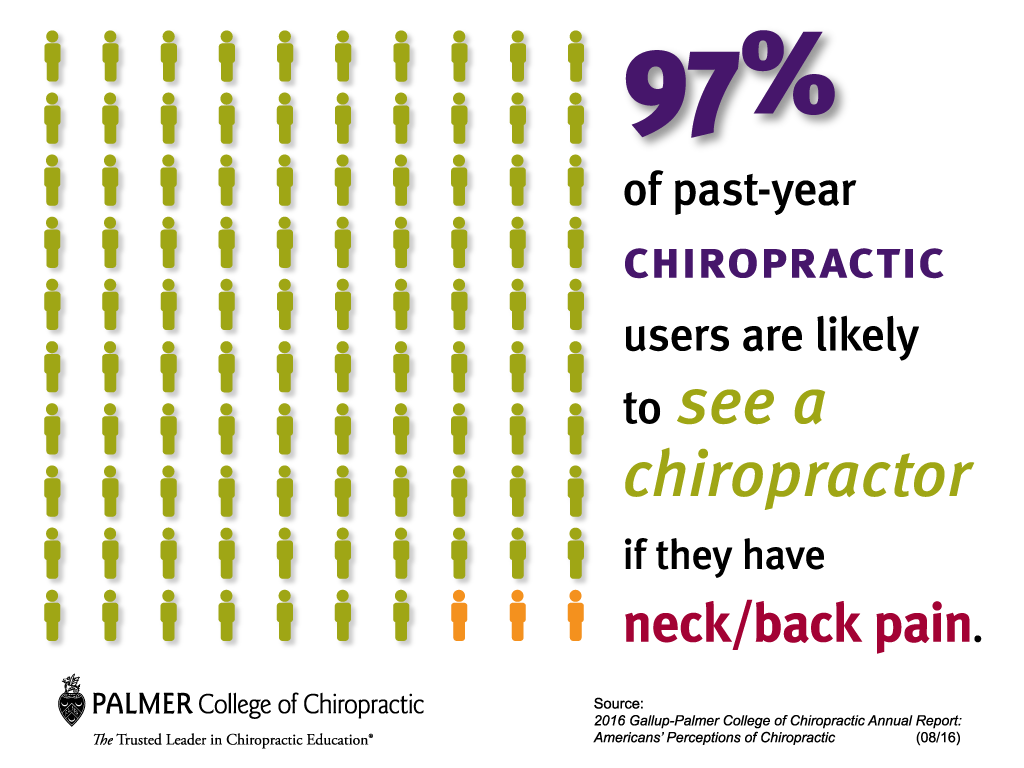The Top Daily Habits That Contribute To Neck And Back Pain And Just How To Avoid Them
The Top Daily Habits That Contribute To Neck And Back Pain And Just How To Avoid Them
Blog Article
Article By-Snyder Svenningsen
Maintaining correct position and preventing typical pitfalls in day-to-day activities can dramatically affect your back health and wellness. From exactly how mouse click the up coming website sit at your desk to how you raise heavy items, tiny modifications can make a large distinction. Imagine a day without the nagging back pain that impedes your every relocation; the option might be simpler than you think. By making a few tweaks to your everyday behaviors, you could be on your way to a pain-free existence.
Poor Posture and Sedentary Way Of Living
Poor position and an inactive way of living are two major contributors to back pain. When you slouch or suspicion over while resting or standing, you put unneeded strain on your back muscular tissues and back. This can cause muscle mass discrepancies, stress, and eventually, persistent back pain. Furthermore, sitting for long periods without breaks or exercise can deteriorate your back muscular tissues and lead to tightness and discomfort.
To battle bad position, make an aware effort to sit and stand directly with your shoulders back and straightened with your ears. Remember to maintain your feet flat on the ground and stay clear of crossing your legs for extended periods.
Integrating routine stretching and reinforcing workouts into your daily regimen can also aid improve your posture and reduce back pain related to a less active lifestyle.
Incorrect Lifting Techniques
Incorrect lifting techniques can significantly add to neck and back pain and injuries. When you lift hefty things, bear in mind to flex your knees and utilize your legs to lift, rather than counting on your back muscle mass. Prevent twisting your body while lifting and maintain the things near to your body to reduce pressure on your back. It's important to keep a straight back and stay clear of rounding your shoulders while raising to prevent unnecessary pressure on your spine.
Always examine the weight of the item before raising it. If it's also hefty, ask for assistance or usage devices like a dolly or cart to deliver it safely.
Remember to take breaks throughout raising jobs to provide your back muscular tissues a chance to relax and stop overexertion. By executing proper lifting strategies, you can stop back pain and minimize the risk of injuries, guaranteeing your back stays healthy and strong for the long-term.
Absence of Routine Exercise and Extending
A sedentary way of life without normal exercise and extending can dramatically add to neck and back pain and discomfort. When pain left lower back don't take part in exercise, your muscles come to be weak and stringent, bring about poor posture and boosted pressure on your back. Regular workout helps reinforce the muscles that support your back, boosting security and reducing the risk of pain in the back. Incorporating extending right into your regimen can also boost versatility, preventing rigidity and discomfort in your back muscle mass.
To stay clear of back pain caused by a lack of workout and stretching, go for a minimum of thirty minutes of modest exercise most days of the week. Include click the up coming web site that target your core muscle mass, as a strong core can help relieve stress on your back.
In addition, take breaks to stretch and move throughout the day, particularly if you have a workdesk task. Easy stretches like touching your toes or doing shoulder rolls can help alleviate stress and stop pain in the back. Focusing on regular exercise and stretching can go a long way in maintaining a healthy back and reducing pain.
Conclusion
So, keep in mind to sit up straight, lift with your legs, and remain energetic to avoid neck and back pain. By making basic adjustments to your everyday behaviors, you can avoid the pain and constraints that include pain in the back. Look after your spine and muscle mass by practicing great pose, appropriate lifting techniques, and regular exercise. Your back will certainly thanks for it!
